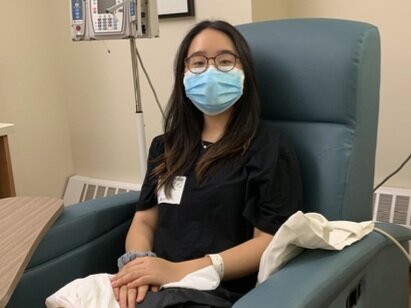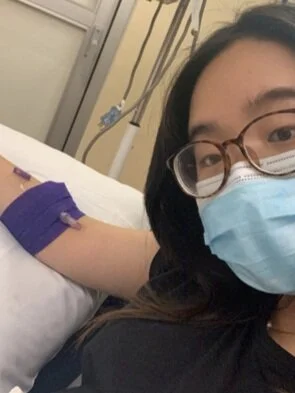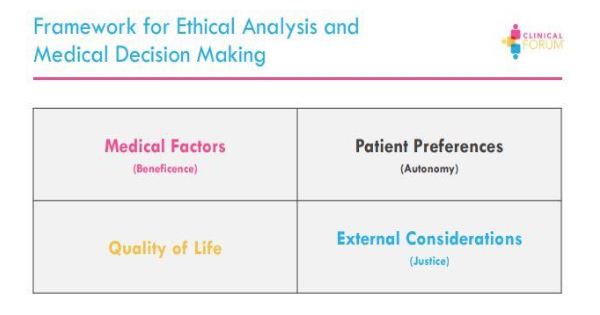This article was written by Saravanan Nagappan from Malaysia.
Photo by Ismael Sanchez from Pexels.
Choose to do nice things for yourself.
Care about yourself and your happiness.
Don’t let anyone judge and give unsolicited advice on how your body should be.
Surround yourself with happy things.
Believe in yourself.
Start to build your confidence.
Have you ever thought your nose looks a bit wider than it should be or felt your body could afford to gain some weight or simply thought you don’t like the shape of your toes? If you do, then you might have issues with your body image. Most people have issues with their body image and it is also true for IBD patients.
What is body image, you may ask. Body image is the way we feel, think or perceive our own body. It could be a positive or negative body image and it involves one’s weight, shape, and even individual body parts. Most often, IBD patients similar to many other people face negative body image issues. IBD, as you all know, is a life-altering diagnosis. Whoever suffers from IBD, goes through the changes in their body. They might lose weight, suffer from fatigue, experience hair loss and may even have to live with surgical scars for the rest of their life. These could create a sense of loss and dissatisfaction with one’s “new” body. Negative body image also affects your self-esteem, changes your view of a happy life, create conflicts and may lead you into a depression. Having a negative body image is detrimental to us and we need to know why it may happen and how to break out from this negative cycle.
First and foremost, a reason for negative body image is having high expectations. Although, there’s nothing innately wrong with setting up high standards for oneself, sometimes it may bring more damage than good to us. In reality, it’s not easy to achieve body perfection especially for those who are sick and are going through physical changes due to their sickness. If you need or must have a standard to feel good about your own body, then set realistic and achievable standards.
As an IBD patient, there are limitations on what your body can do and can’t do. Therefore, acknowledge the limitation and accept yourself as who you are to break out from this negative cycle. Setting up high standards will hurt you whenever you fail to achieve it. Go slow with your expectations and push up those expectations as you achieve your previous targets.
Another cause for negative body image among IBD patients is comparison. Comparing your body before and after IBD or comparing yourself with others will create negative thoughts saying that you are not the best. We often compare our own body parts or features to others who seem to have a better body. This may lead you to look down on yourself and definitely lowers your confidence and self-esteem. To break from this, you need to actively and consciously stop yourself from comparing your body. Whenever you start comparing, you need to stop and remember that it is unnecessary to do any sort of comparison because you are doing what is already best for you and your body. Try to channel the energy that you were going to spend on comparison to focus on your happiness and mental health.
Negative energy around us is another reason for us to have a negative body image. Oftentimes we are surrounded by negative energy, such as, social media, advertisements and people around us. Social media platforms and advertisements often show and idolize perfect bodies with slim features for females and sculpted bodies for males and they even show unmarred flawless skin, ideal face and body shape, healthy looking skin, hair, and etc. This allows the general population to think that perfect bodies are the only way a person should be and they should desire and achieve that perfection. People around us like our friends and relatives sometimes tend to talk about our less desirable appearance and may even give suggestions and unsolicited advice. These situations often discourage and demotivate us from being happy with the way we look. In order to break from this negativity, we should learn to turn negative energies into positive energies. One of the usual ways is to avoid or remove yourself from being in the negative surrounding. Engage with people who are always supportive of our life, encourage when we need it and recognize us as a better person. Actively avoid any kind of media that possibly makes you feel negative about your body. Surround yourself with people and things that make you happy and feel accepted as who you are now.
Self-isolation is one of the reasons you to get negative body image. Isolation processes start to happen to you when you always feel ashamed with your own appearance and slowly try to hide your body from others and like to be alone. In this case, you start to avoid any social events, public places and may avoid to go to work or school. At one point, you may even try to avoid to look at yourself in a mirror.
To stop yourself from isolation you should brave to see yourself as a whole person and avoid not to focus on specific body parts. Don’t think about what people will think about your appearances, because there is no prefect human being in this world. Appreciate what your body looks like and try to accomplish yourself by celebrating it. Go out see more people and engage with them by talking, singing, dancing, and swimming. This will build your confidence in your body.
To sum up, choose to do nice things for yourself. Care about yourself and your happiness. Don’t let anyone judge and give unsolicited advice on how your body should be. Believe in yourself, start to build your confidence and surround yourself with happy things. This will create positive energy to your life.























